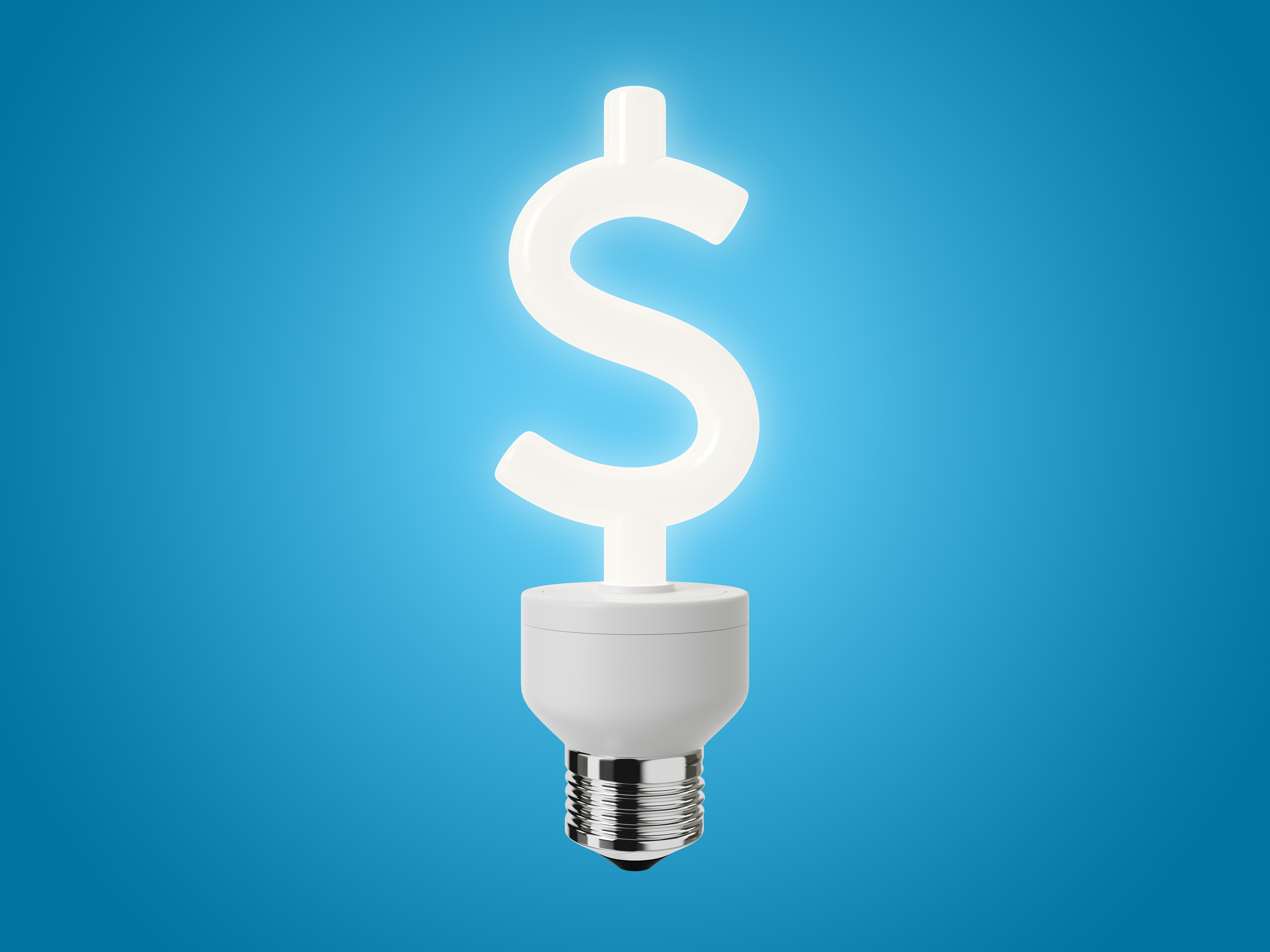Scaling Reliable, Next-Generation Perovskite Solar Cell Modules
Developing low-cost, high-efficiency, next-generation perovskite solar cells using a scalable large-area manufacturing approach.
The Regents of California, San Diego
Recipient
La Jolla, CA
Recipient Location
38th
Senate District
77th
Assembly District
$1,450,000
Amount Spent
Completed
Project Status
$1,450,000
Award Amount
$146,050
Co-funded Amount
EPC-16-050
Agreement Number
-
Project Term
La Jolla, CA
Site Location(s)
Copy Project Link
Follow Project
Project Result
The project team successfully transferred graphene atop perovskite layers, developed new electron transport layers, and improved cell process by characterization and new absorber layer chemistry. The project team has compared the unencapsulated perovskite against the graphene barrier layer encapsulated perovskite cells. The project is growing crystals by using an electro-deposition approach. The project has established an 80% yield on perovskite solar cells of 5 mm2 in size of at least 16% power conversion efficiency under one sun. The work for this project has concluded. The final report is being finalized.
The Issue
There is a need to deploy renewable energy at great scale to replace fossil energy and meet growing energy demand. Perovskite technology holds promise in dramatically reducing the cost of solar cell technology compared to silicon and thin-film solar cells because these cells can be fabricated at low-temperature (around 100 degree C) and have potential to achieve high effieicncies. However, there is a need to address perovskite cell efficiency degradation.
Project Innovation
Recent advances have pushed the solar conversion efficiency, making perovskites one of the most efficient solar technologies in existence. This project will use a scalable large-area manufacturing approach for fabrication of the perovskite solar absorber, the solar cell's transport and contact layers, and the encapsulation of the solar cell modules. The project will also include bifacial module design, where light enters from both front and back.
Project Goals
Project Benefits
Currently, encapsulated perovskite cells degrade in several hundred hours even in controlled low-oxygen and low-humidity conditions. This project integrates materials innovations developed to date at UC San Diego in the perovskite absorber layer, the solar cell's contact layers, and the encapsulation of the module to make breakthrough advances in perovskite solar cell reliability and scaling. Combining these materials together in a module assembly with glass on top and bottom slows degradation by a factor of 1,000.

Affordability
This project aims to increase annual production of solar cells by reducing absorber and cell manufacturing costs relative to commercialized Si and thin-film technologies.

Economic Development
The number of solar manufacturing and assembly jobs will increase when next-generation perovskite modules are introduced at competitive costs to silicon modules.

Environmental Sustainability
Perovskite solar cells hold promise to further reduce the energy and carbon cost of PV due to low temperature manufacturing.

Reliability
This project improved the operating efficiency and durability of perovskite solar cells, which increased reliability for providing solar energy.
Key Project Members

David Fenning
Subrecipients

GrollTex, Inc.

Match Partners

The Regents of California, San Diego



